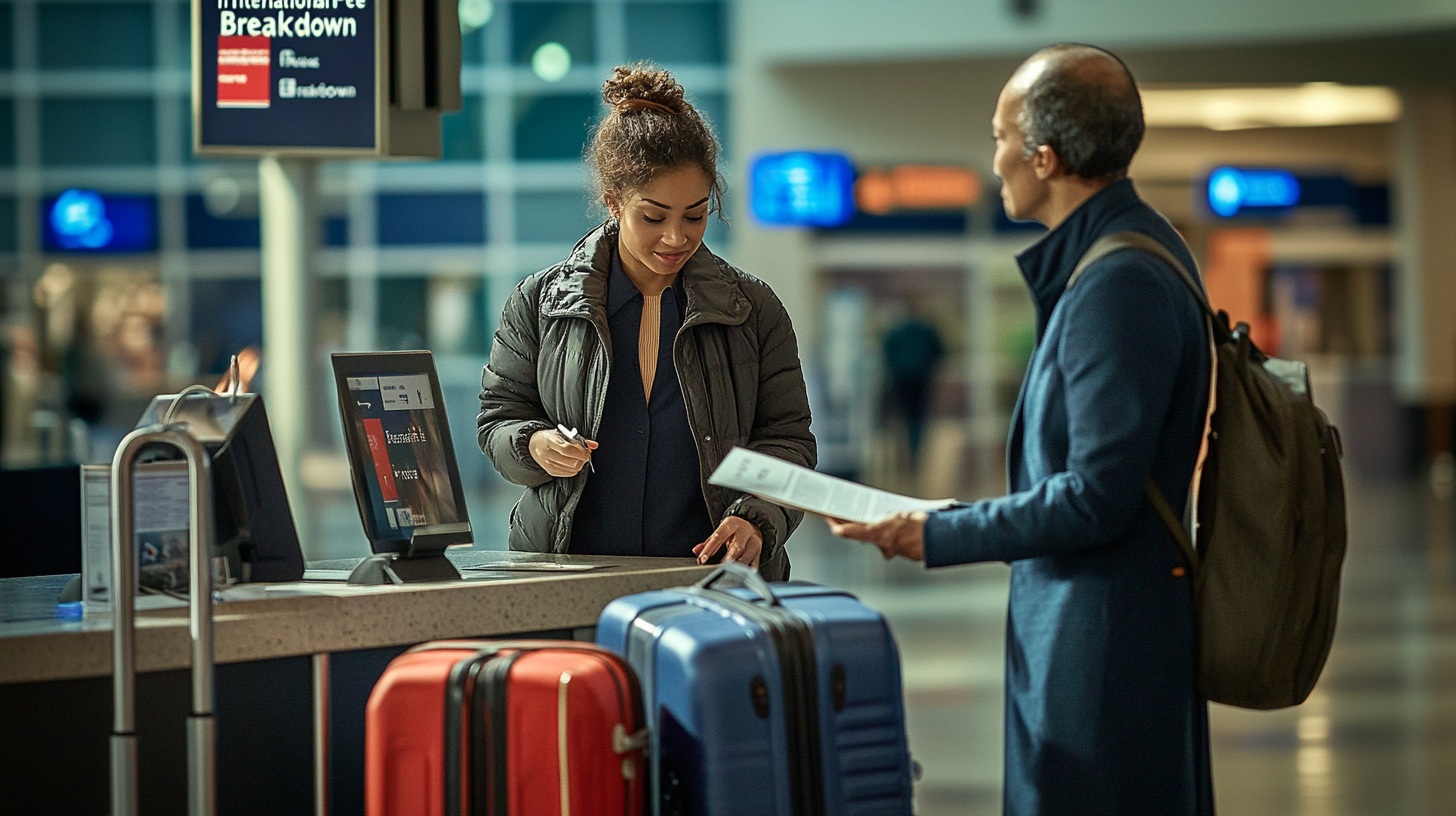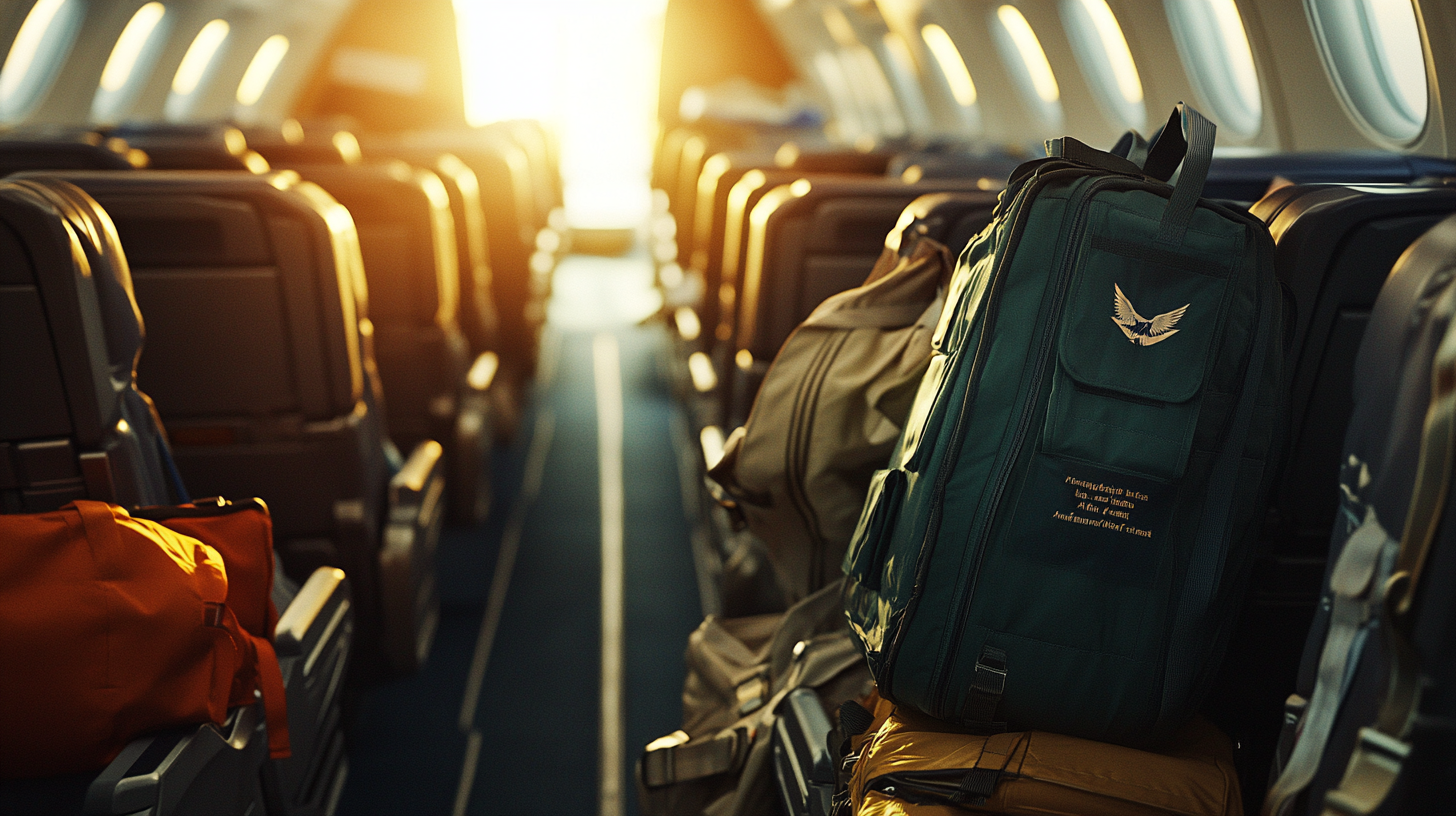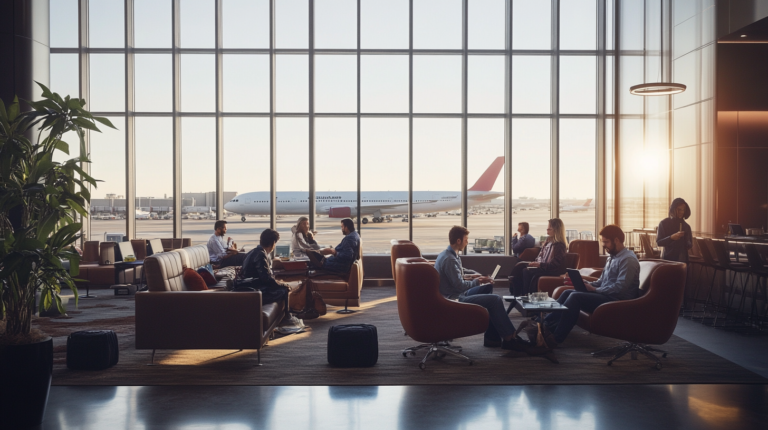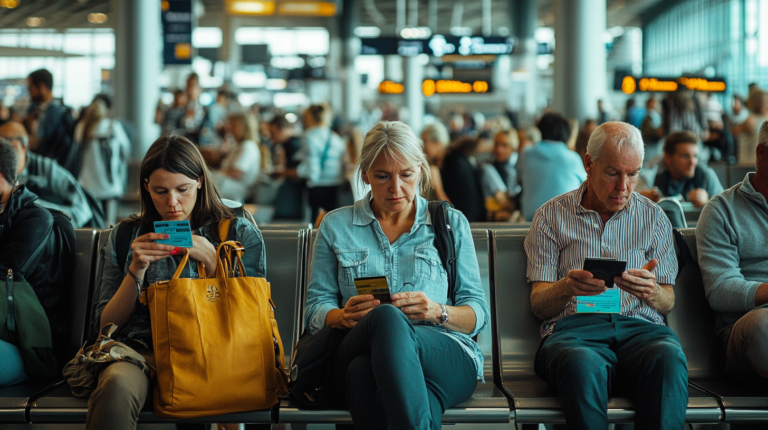A Frequent Flyer’s Look at American Airlines’ International Baggage Fees
I’m always scanning the horizon for the latest airline updates, and American Airlines‘ new baggage policies have certainly caught my attention. Now that we’re in 2025, it’s more important than ever to keep track of how these fees can affect our wallets, especially when flying overseas.
American Airlines’ Updated Baggage Policy

I’ve been monitoring American Airlines’ newly unveiled baggage policies, especially regarding how much we’ll pay for checked luggage, overweight or oversized items, and sports equipment. Traveling feels more complex than ever, but I’ve found that understanding the fine print can make all the difference. These changes can look daunting at first glance, but there are ways to stay ahead of the curve.
For example, passengers will notice stricter carry-on size limits and increased fees for certain checked bags that kicked in on some routes as early as April 17, with a broader rollout on November 13, 2024. Although that date has come and gone, it’s still worth double-checking the specifics before booking. Economy fliers typically get a free carry-on and personal item, but anything beyond that may add extra costs at check-in. Meanwhile, folks with elite status, military credentials, or certain co-branded American Airlines credit cards can enjoy fee waivers.
In 2025, industry data from the Bureau of Transportation Statistics suggests baggage fees have risen steadily across most major carriers, and American Airlines is no exception. I’ve found that even minor adjustments—like downsizing to meet new carry-on limits—can help avoid extra charges. Planning in advance certainly pays off, and it’s always wise to weigh your bag carefully before arrival. Coming prepared is my number one takeaway: it ensures that last-minute surprises won’t throw your travel budget off track.
International Fee Breakdown

In my own transatlantic journeys with American Airlines, I’ve learned that international baggage fees hinge on variables like ticket class, destination, and even seasonal differences. Many economy travelers may find themselves paying around $100 for the first checked bag on certain long-haul routes. However, these charges can fluctuate based on peak travel months, so I always check the official baggage calculator on the airline’s website before I finalize my itinerary.
According to a 2024 study by the International Air Transport Association (IATA), baggage fee structures vary widely among global carriers, but American Airlines remains fairly transparent about its costs. Overweight bags—those tipping past the 50-pound mark—tack on additional charges that can start around $30 and climb with each extra pound. It’s also worth noting that once your bag’s total dimensions exceed 125 inches, you might be asked to unpack or rearrange, as these items often aren’t accepted at all.
I’ve made the rookie mistake of packing too many souvenirs, only to be surprised by hefty overweight fees at the airport. Now, I rely on a digital luggage scale to keep my bag in check from home. One personal tip? If you think you’re close to the weight limit, shift heavier items—like electronics chargers or a hardcover book—into your personal item or carry-on if possible. Small changes add up, and you’ll thank yourself when you’re not stuck frantically rearranging things in the check-in line.
Ways to Save on Baggage Costs

I’ve discovered that prepaying for baggage online can shave a few dollars off the final bill, especially if you do it at least 24 hours before departure. This simple step has saved me from unnecessary stress and fees more times than I can count. Whether you’re flying domestic before switching to an international route or heading straight overseas, locking in your bag fees early usually earns you a discount compared to last-minute airport prices.
For frequent flyers eyeing elite status, or those with a premium cabin ticket, waived baggage costs are often guaranteed. Personally, I’ve benefited from co-branded airline credit cards that extend free checked bags as part of their perks—something I consider a major win in this era of rising travel expenses. According to recent consumer finance data from 2025, about 53% of travelers turn to travel rewards credit cards for cost-saving benefits like no baggage fees.
I’ve also noticed that sports equipment rules are subject to frequent changes. Sometimes, a golf bag or snowboard is counted as a regular checked bag rather than an oversized item, which can translate into instant savings. If you’re traveling for an international tournament or sporting event, it’s crucial to double-check these guidelines. Ever since I nearly had to pay an oversize fee for my surfboard, I’ve made it a habit to read the airline’s latest policies thoroughly—no matter how well I think I already know them.
Bottom Line for Frequent Flyers
At the end of the day, it pays to understand how baggage rules evolve, especially as we move further into 2025. Over the years, American Airlines has shown that baggage fees aren’t static—they can change with market demand, fuel prices, and general economic trends. By staying ahead of updates on weight limits, size allowances, and route-specific surcharges, frequent flyers can avoid the dreaded scramble at check-in.
I’ve also found that timing is everything. For instance, you might land a slightly cheaper rate if you purchase additional baggage within a certain window after booking. Combining these strategies—light packing, early prepping, and leveraging travel perks—ensures you can breeze through the airport without a hefty fee lingering in the back of your mind. Since many of us fly for both business and leisure, having a reliable baggage strategy can keep expenses in check over the long haul.
Ultimately, every traveler has a unique approach to packing and dealing with fees. My biggest takeaway? Never assume that what worked last year is still valid today. Keep an eye on the official American Airlines website, set up fare alerts, and watch for special promotions. By doing so, you’ll be in a great position to adapt whenever baggage policies—or your own packing style—shift gears.
Final Thoughts
I’ve come to realize that staying informed is the real key to conquering any airline’s baggage fees. Whether you’re a casual globetrotter or someone who practically lives in the sky, it pays to do a little research before you fly. From checking seasonal fee variations to taking advantage of elite status, there’s no shortage of ways to be clever about your luggage.
American Airlines may be rolling out fresh policies, but so is every other carrier on the market. If you’re proactive about reading the fine print, these shifts don’t have to throw you off balance. In my view, knowledge is power: the more you understand how baggage rules work, the less likely you are to face unexpected hits to your travel budget.
At this point, I see baggage fees as another aspect of modern air travel—something to plan for rather than fear. There’s a good chance that further changes will come around, but if you’re prepared, you’ll always land on your feet.
Barry B.’s Take
From my vantage point, there’s an art to packing just the right amount so that I still feel prepared, but I’m not weighed down with fees or stress. Each journey is a puzzle, and I love picking out the right gear for the destination while staying a step ahead of the baggage rules.
I’ve watched travelers transform a daunting process into something almost enjoyable by simply planning ahead. At the end of the day, it’s all about maximizing comfort while minimizing costs—and sometimes, those small, strategic decisions make the entire flight experience feel more special.
For more tips, stories, and updates to help you navigate the skies, be sure to visit milesBUZZ.







